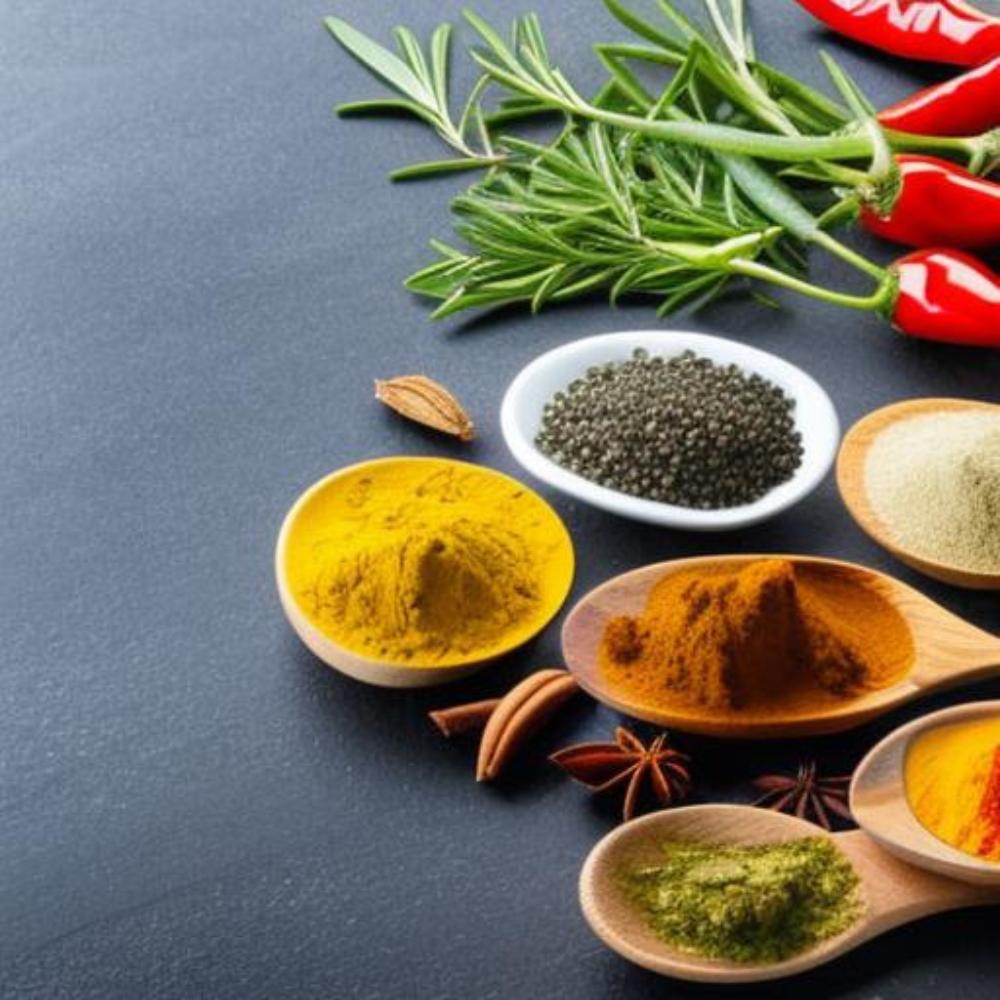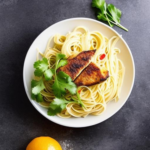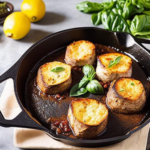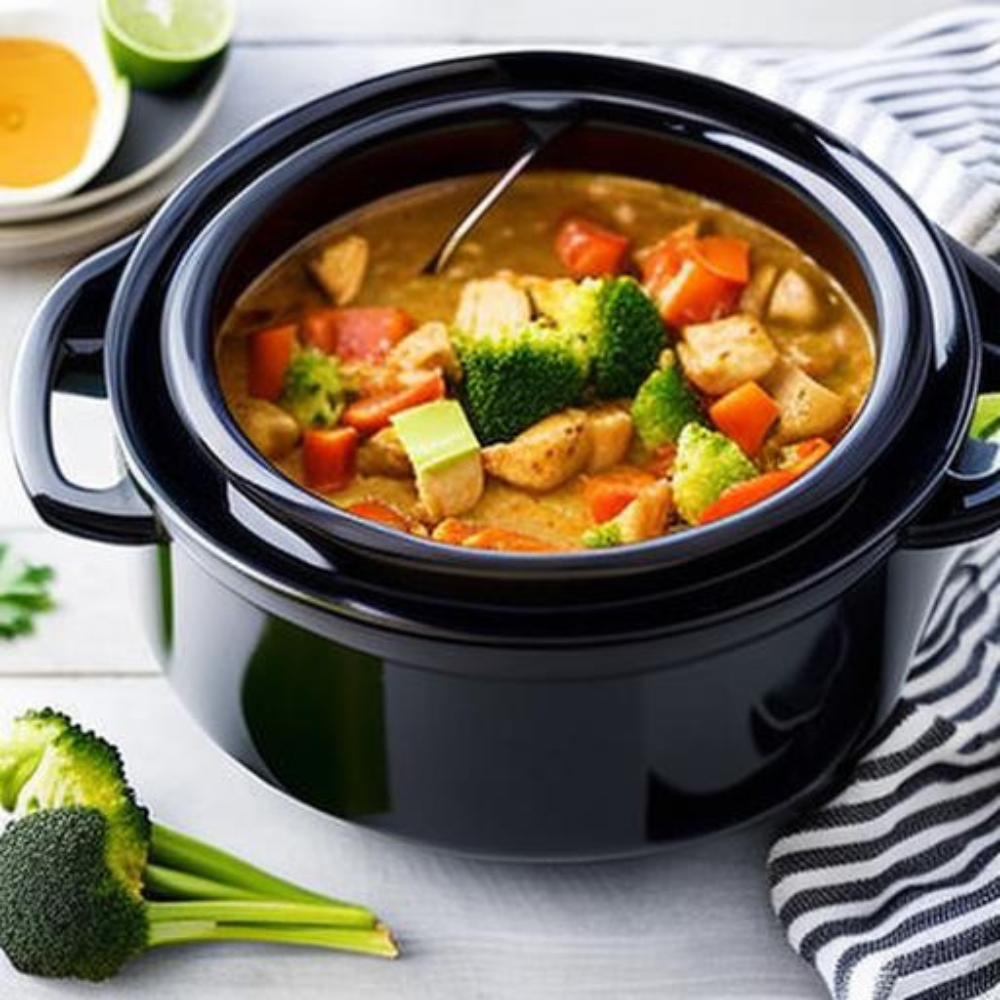Herbs and spices have been used in cooking for thousands of years, and for good reason. They not only add depth and complexity to dishes but also provide numerous health benefits. Whether you’re an experienced cook or a beginner, learning how to use herbs and spices can take your culinary skills to the next level.
Herbs
Herbs are the leaves of plants and are used in a variety of dishes to enhance their flavor. Some common herbs used in cooking include basil, parsley, thyme, rosemary, and cilantro. Each herb has its own distinct flavor profile, which can range from mild and subtle to bold and pungent.
When cooking with fresh herbs, it’s important to use them at the right time in the cooking process to maximize their flavor. For example, delicate herbs like parsley and cilantro should be added at the end of the cooking process to preserve their flavor, while heartier herbs like rosemary and thyme can be added at the beginning.
Spices
Spices are derived from the bark, roots, seeds, or fruit of plants and are used to add flavor, color, and aroma to dishes. Some common spices used in cooking include cinnamon, cumin, paprika, and turmeric. Each spice has its own unique flavor profile, which can range from sweet and warm to spicy and pungent.
When using spices in cooking, it’s important to use them in moderation to avoid overpowering the other flavors in the dish. Spices can be added at any point in the cooking process, but it’s best to add them early on to allow their flavors to meld with the other ingredients.
Combining Herbs and Spices
One of the keys to successful cooking with herbs and spices is finding the right balance of flavors. Some herbs and spices complement each other well, while others can clash and create an unpleasant taste. For example, rosemary and thyme pair well with beef and poultry, while basil and oregano pair well with tomato-based dishes.
Experimenting with different combinations of herbs and spices is a great way to discover new flavor profiles and take your cooking to the next level. Some popular herb and spice combinations include Italian seasoning (basil, oregano, thyme), curry powder (coriander, cumin, turmeric), and herbes de Provence (rosemary, thyme, savory).
Health Benefits
In addition to their flavor-enhancing properties, herbs and spices also provide numerous health benefits. For example, turmeric has anti-inflammatory properties, cinnamon can help regulate blood sugar, and ginger can aid in digestion. Incorporating herbs and spices into your cooking can help boost the nutritional value of your meals and support overall health and wellness.
Cooking Techniques
There are many different ways to incorporate herbs and spices into your cooking. Some common techniques include adding them to marinades, rubs, and sauces, using them as a garnish, and infusing them into oils and vinegars. When storing herbs and spices, it’s important to keep them in a cool, dry place away from direct sunlight to preserve their flavor and aroma.
Conclusion
In conclusion, cooking with herbs and spices is an art that can take your culinary skills to the next level. By experimenting with different combinations of herbs and spices, you can create truly memorable dishes that are packed with flavor and nutrition. So the next time you’re in the kitchen, don’t be afraid to get creative and try something new!





